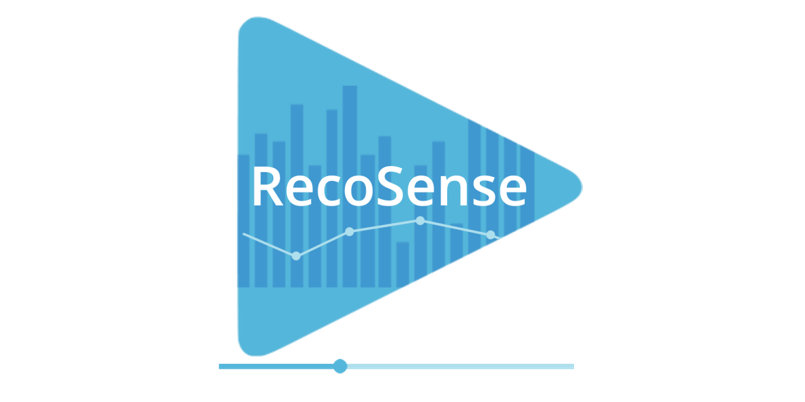Most companies, regardless of the nature of their business, have access to numerous consumer data points. They, however, have a hard time unifying that data. This is where the role of the customer data platform (CDP) comes into play. CDP gathers identity data, descriptive data, behavioral data, and qualitative data of customers to enable people-based marketing. By combining traditional CRM with CDP, you can greatly enhance your customer experience.
This blog post explores everything in store for the future when it comes to customer data platform (CDP).
1. Predictive Analytics
Unlike other data platforms, CDP uses predictive analytics to offer insights into the future behavior of customers. It leverages historical and real-time data to provide information about customers’ most likely actions.
Therefore, by utilizing a customer data platform, you can devise a suitable strategy to interact with them. For the prediction to be as accurate as possible, you must have a massive amount of high-quality data. CDP is no longer the luxury of large enterprises. It not only gathers data from first, second, and third-party sources but also verifies the information for you.
Using real-time analysis, you can ensure profitable and continuous growth opportunities for your company. With the advancements in artificial intelligence (AI) and machine learning (ML), CDP will unleash new possibilities in predictive analytics.
2. Cross-Channel Orchestration
Businesses connect to their customers via multiple channels. A robust omnichannel strategy can help brands achieve 89% of customer engagement on average. However, it is important to use the right channel to send the right message across – at the right time.
By leveraging CDP, you can perform cross-channel orchestration like a pro! It allows you to identify appropriate actions for different channels. Not just that, with the help of CDP, you can determine when those actions should be sent to achieve the desired results.
3. Shifting Gears from Adoption to Automation
The future will witness purpose-built workflows designed to automate specific areas of CDP. An increasing number of businesses will adopt and automate CDP to drive their sales through the roof.
This means that developers can add API endpoints so that certain actions can be automated.
Scope of RPA
Robotic process automation (RPA) has proved its worth in the automation domain. At present, RPA is used to automate day-to-day tasks such as move-out processes, move-in processes, payments, and billings.
You can expect the integration of RPA to enable data streams integration, thereby empowering analytics platforms as well.
4. Lookalike Modeling
Don’t you just love your most profitable customers? What if you could find more such customers? Well, it’s possible with customer data platforms!
Let’s assume, for example, you have determined that the most profitable customers for your e-commerce store are the ones who buy cosmetics or spend at least $100 in one go.
With lookalike modeling, you can reach more customers who have a similar buying pattern. Therefore, CDP can work like magic for your prospecting game!
5. Role of AI and ML
Most businesses are investing heavily in AI and ML to achieve content intelligence and improve their marketing efforts. Machine learning and artificial intelligence are revamping the advertising and marketing space by crafting innovative and personalized messages.
Hence, AI and ML will further empower CDP to reach, act, convert, and engage with customers. This is what fuels predictive analytics, ad targeting, and lead scoring.
6. Balancing the Act of Personalization and Privacy
The future of CDP holds more debates on consumer data privacy. You can expect it to be a major focus area in the upcoming year.
It’s a paradox that the industry has been facing on how to balance personalization and privacy. On the one hand, companies aspire to achieve data-driven personalization.
On the other hand, customers prioritize data privacy now more than ever. About 91% of people will avoid purchasing from a brand if they are skeptical of how the company will use their data. Therefore, the onus of educating the market falls upon the vendors. They should guide the industry on how the customer data platform is the solution and not a contributor to the problem.
Moving Beyond Marketing
Two of the leading use cases of CDP have been orchestration/experience and cross-device analytics. But there is much more to CDP than what meets the eye!
If you are a product head, for instance, you can leverage CDP for designing new products. Most customers don’t know they need a product until a new one comes into the market. This is how frontrunners create disruption and stay ahead of their competition.
Besides, the analytics team can use CDP to gain a long-term, nuanced understanding of the customers.
To Sum Up
Customers are no longer at the bottom of the funnel. Instead, they are now central to the flywheel consisting of sales, marketing, and services.
In the near future, CDP is set to enter the mainstream market. Companies, big and small, will set aside a separate budget for customer data platforms to gain a crucial competitive edge.
Do you want to achieve effortless personalization across multiple channels? RecoSense is an AI-driven CDP that can help you do just that! Contact us for a demo today.

Leave a Reply